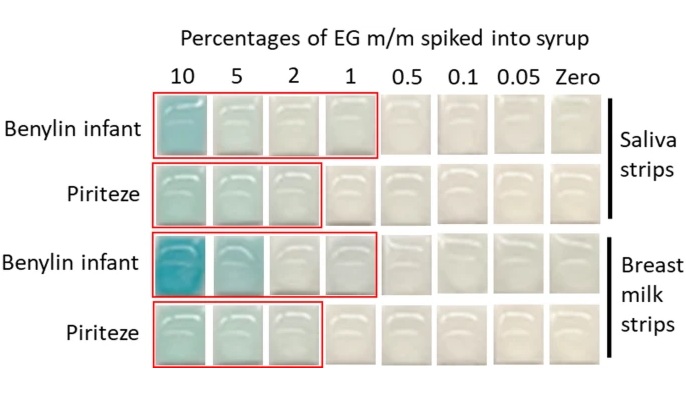New Technology Holistically Images Deep Living Tissue for The First Time
Posted on 16 Sep 2024
Tissue engineering involves the restoration or enhancement of cell and tissue function in the body by replacing defective counterparts with lab-grown ones. This technique holds promise for a wide range of applications, such as cultivating cartilage to transplant into a patient's damaged knee. Since cartilage cannot regenerate itself, damage to it is a leading cause of osteoarthritis. The composition of transplanted cells and tissues is crucial for acceptance by the body. If the internal composition is compromised, there is a higher likelihood of rejection or poor function. This is particularly true for the extracellular matrix—the space between cells that determines cell structure and intercellular communication. Traditional imaging methods like fluorescence microscopy have used fluorescent labels to tag specific molecules within cells. However, these labels provide a limited view by gathering information only from tagged molecule groups and can be toxic, preventing the tissue from being suitable for transplantation.
In tissue engineering, this necessitates growing two sets of tissue cultures in the lab before transplantation into the body: one for examination to ensure the sample is safe and another for the actual transplant. This process is costly, and significant variability in the quality of lab-grown cell compositions means that even if scientists image a sample produced under the same conditions as the one intended for transplantation, they cannot be certain it will not be rejected. Now, a new device that uses light to non-destructively image tissue could revolutionize cartilage and tissue transplant treatments, laying the groundwork for osteoarthritis therapy.
.jpeg)
Developed through collaborative research that included investigators from King's College London (London, UK), this new device is the first of its kind to reveal the molecular structure of deep tissue without relying on limiting fluorescent labels. Detailed in Nature Communications, this readily available machine could enhance the use of tissue engineering in medicine and halve the costs of tissue production in the lab. The researchers' approach, Raman Spectral Projection Tomography, builds on previous technologies that use light to provide a clear and non-invasive view at much deeper levels than before, allowing for the assessment of the extracellular matrix.
The composition of most lab-grown cartilage shows varying levels of vital components in the extracellular matrix, like collagen. Without the ability to see this variation, scientists cannot be certain that the tissues they transplant into the body will be safe and functional, making improvements to individual samples slow and iterative. By imaging such tissues without harming the cells, researchers will, for the first time, be able to have confidence that a transplant will work at half the cost. In the future, the team hopes to use this technology in operating theaters to image tumors in patients undergoing surgical removal, reducing the need for time-consuming study of tumor tissues while potentially saving time and lives.
“Tissue engineering has the potential to be life changing for many patients. Approximately, one in five people aged 45 suffer from osteoarthritis in the UK, and cartilage in the knee has no way of replacing itself. Transplantation with tissue engineered constructs could help solve that,” said Dr. Mads Bergholt, Reader in Biophotonics at King’s College London.
Related Links:
King’s College London













